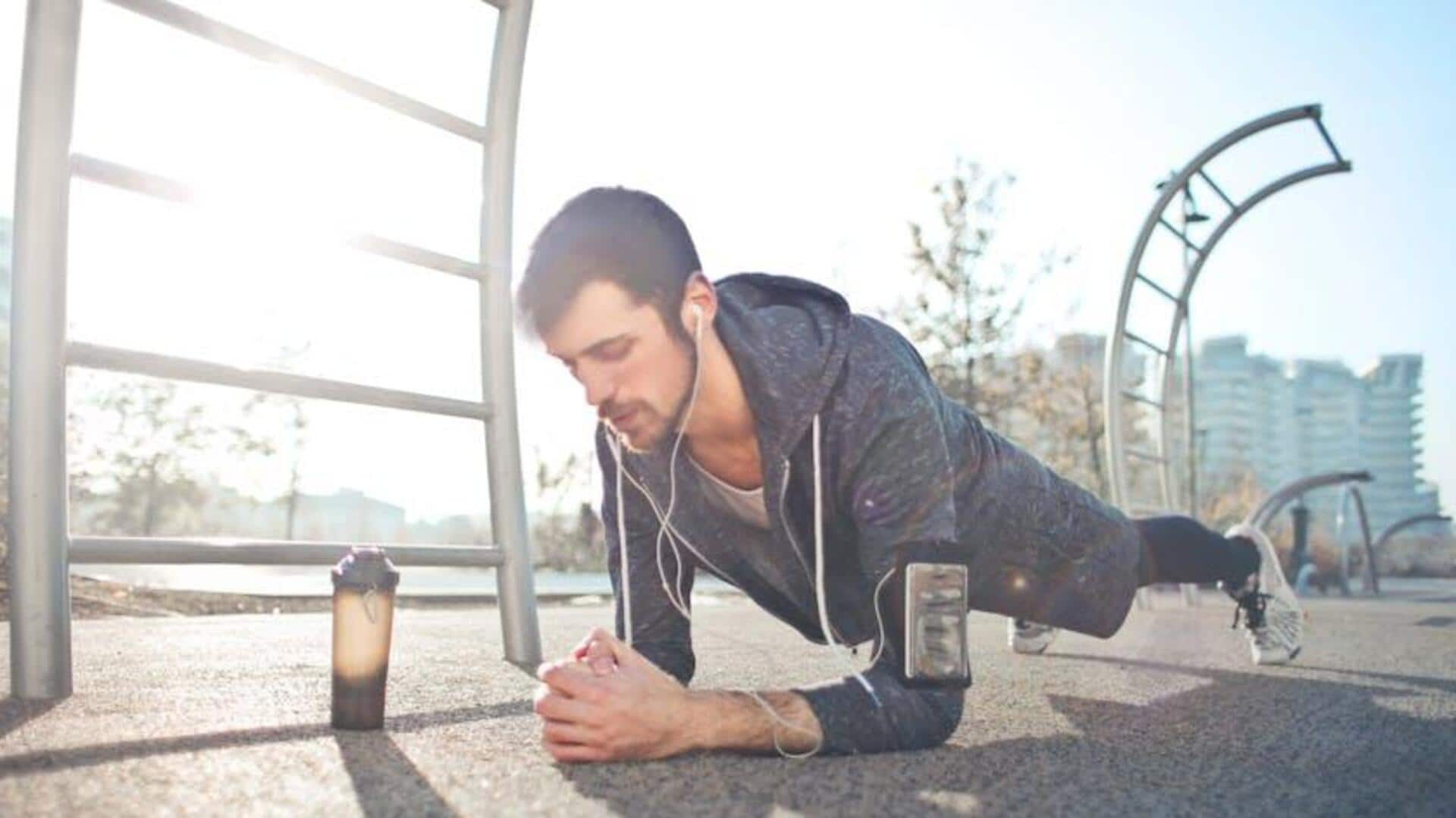
Improve posture with these 5 simple exercises
What's the story
The levator ani muscle is crucial for pelvic stability and core strength. It's part of the pelvic floor muscles that support important organs, including the bladder and rectum. By strengthening this muscle, you can experience improved posture, lower back pain relief, and a general sense of well-being. This article provides five effective exercises to strengthen your levator ani muscle, suitable for different fitness levels.
Kegels
Kegel exercises: The foundation
Kegel exercises are the gold standard for pelvic floor strengthening. They focus on contracting and relaxing the levator ani muscle, which is the same motion used to stop the flow of urine midstream. For optimal results, perform three sets of 10 to 15 repetitions daily. Patience is crucial; noticeable improvements usually occur after four to six weeks of consistent practice.
Bridge
Bridge pose: Elevating strength
Bridge pose is great for the glutes and that levator ani muscle. Start by lying on your back with your knees bent and your feet flat on the ground. Lift your hips towards the ceiling, keeping your hands flat beside you. Hold for three to five seconds, then gently lower down. Doing two sets of 10 repetitions daily can significantly improve muscle strength.
Squats
Squats: Beyond lower body workout
Squats are a well-known exercise for the lower body and they also work the pelvic floor muscles. Stand with your feet shoulder-width apart, squat as if you are sitting on a chair, but ensure your knees are behind your toes. Squeeze your pelvic floor as you stand back up. Try to do two sets of 12 repetitions every day.
Pilates
Pilates: Core and pelvic floor synergy
Pilates exercises focus on core strength, and the levator ani muscle is inherently part of the core due to its function in stabilizing the pelvis and lower back. Specific pilates exercises such as The Hundred are especially helpful. The key is to concentrate on engaging and strengthening these muscles throughout each exercise session.
Yoga
Yoga: Holistic approach to strength
Yoga practices emphasizing core strength, stability, and breath control can indirectly strengthen the levator ani muscle. Poses like Warrior II or Triangle Pose might not directly target the levator ani, but they do foster deep core and pelvic floor engagement. By focusing on balance and stability while engaging the core and pelvic floor, these poses offer a holistic approach to strengthening this crucial muscle group.